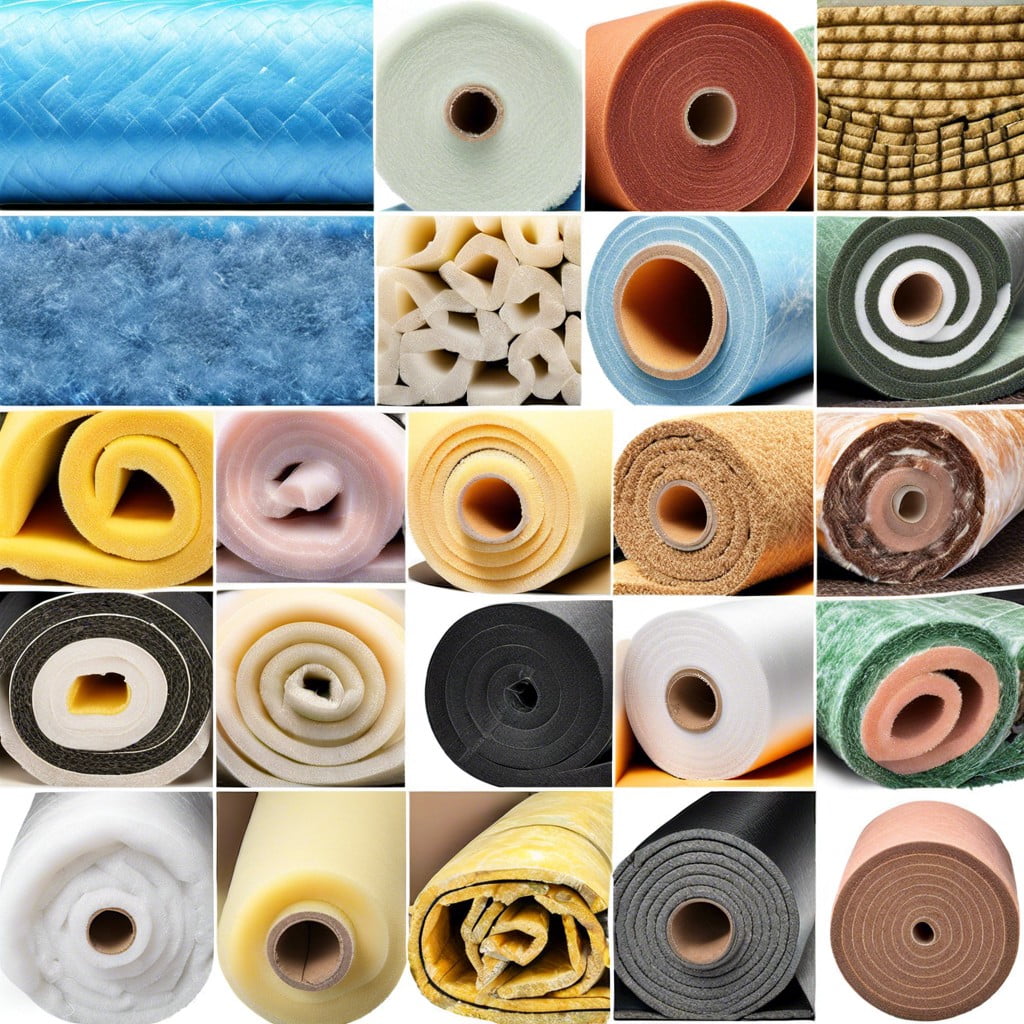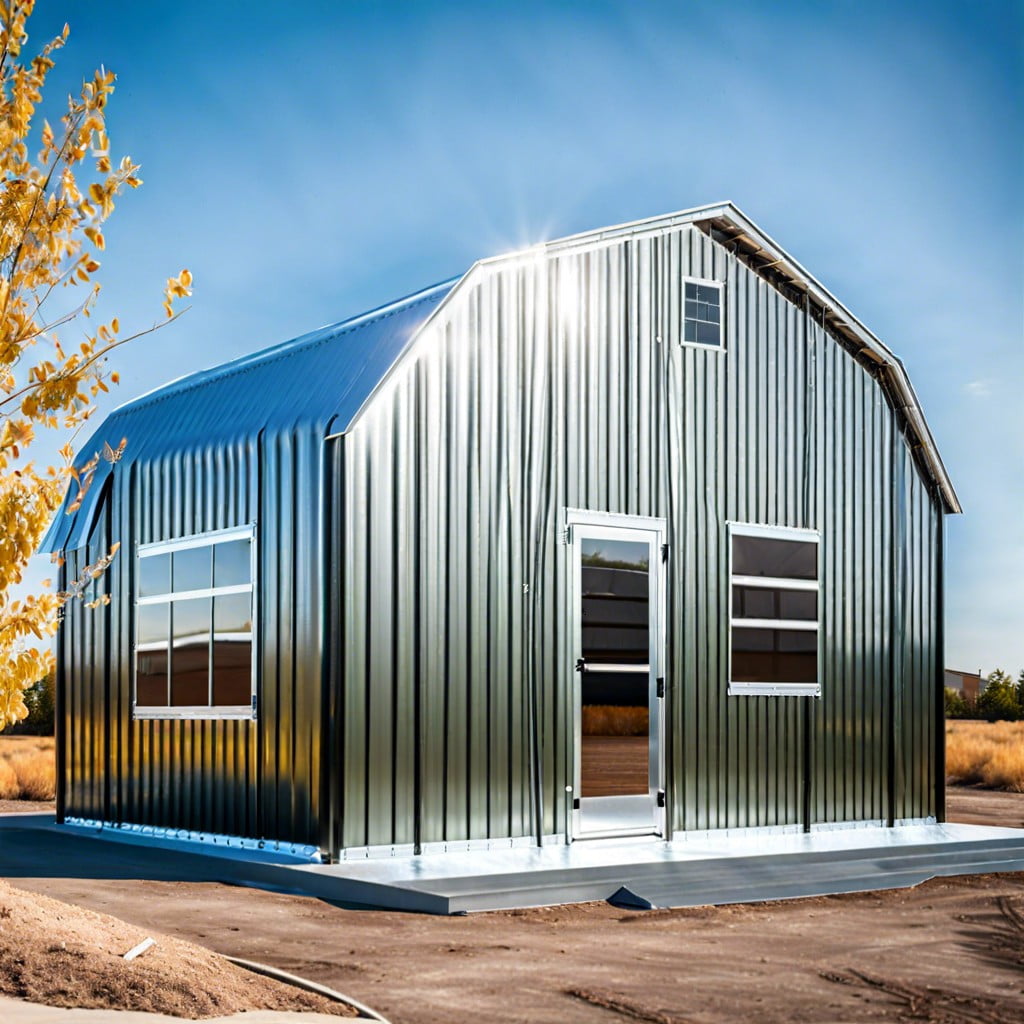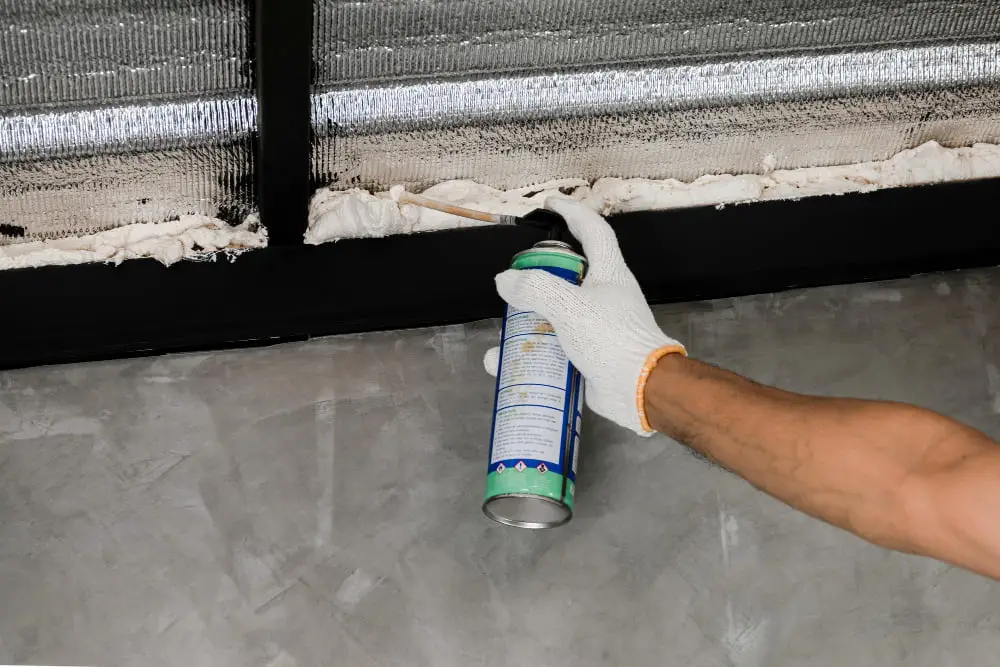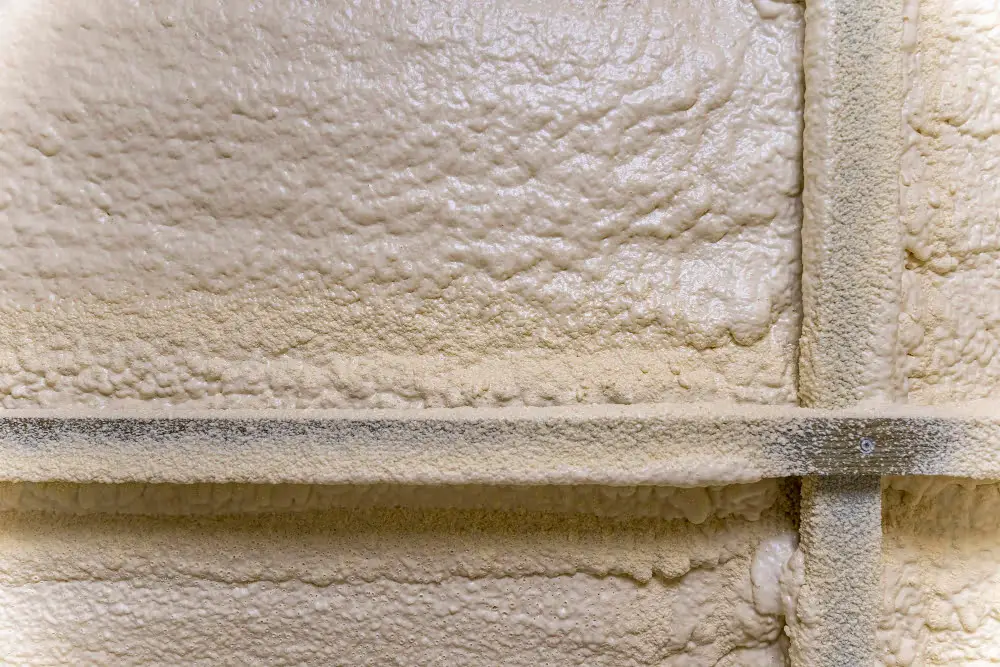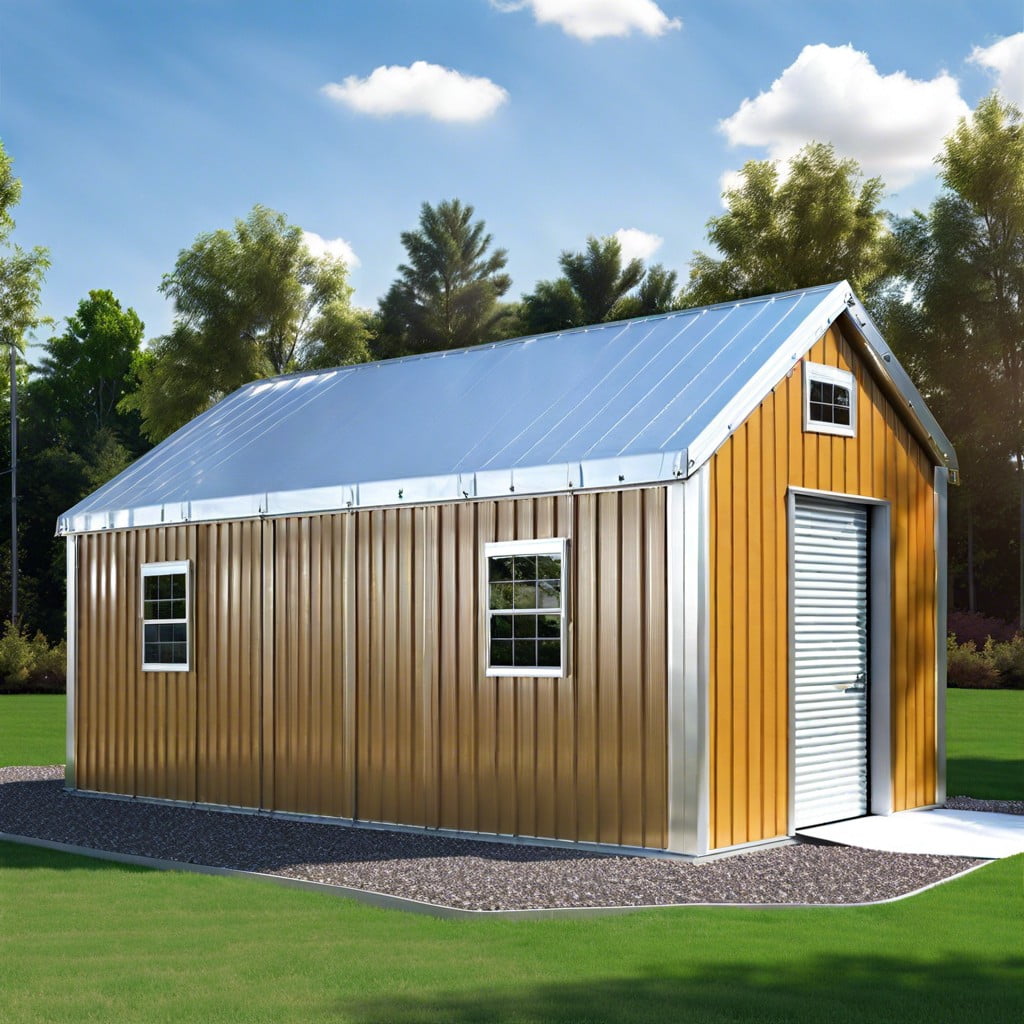In this guide, we’ll explore effective steps to seal a metal building roof, ensuring its durability and longevity.
Sealing a metal building roof is a crucial step in maintaining its longevity and preventing potential leaks. This process involves a series of steps such as cleaning the roof surface, applying a primer, and then using a high-quality sealant to ensure a durable and waterproof finish.
This article will guide you through these steps in detail, providing practical tips and product recommendations to help you effectively seal your metal building roof. Whether you’re a seasoned handyman or a novice DIY enthusiast, this comprehensive guide will make the task of sealing a metal building roof straightforward and manageable.
Key takeaways:
- Initial preparation: Conduct thorough inspection and clean the roof surface.
- Choose the right sealant: Consider material compatibility, weather conditions, UV resistance, ease of application, and water-resistance.
- Process of sealing: Clean roof, inspect for rust, apply sealant evenly, let dry between coats.
- Maintenance tips: Conduct routine checks, clean roof regularly, repair damage promptly, get professional checkup, avoid walking on roof.
- Common problems and solutions: Proper application, use industrial-grade sealants, check for missed spots, follow recommended application conditions.
Preparing the Metal Building Roof for Sealing
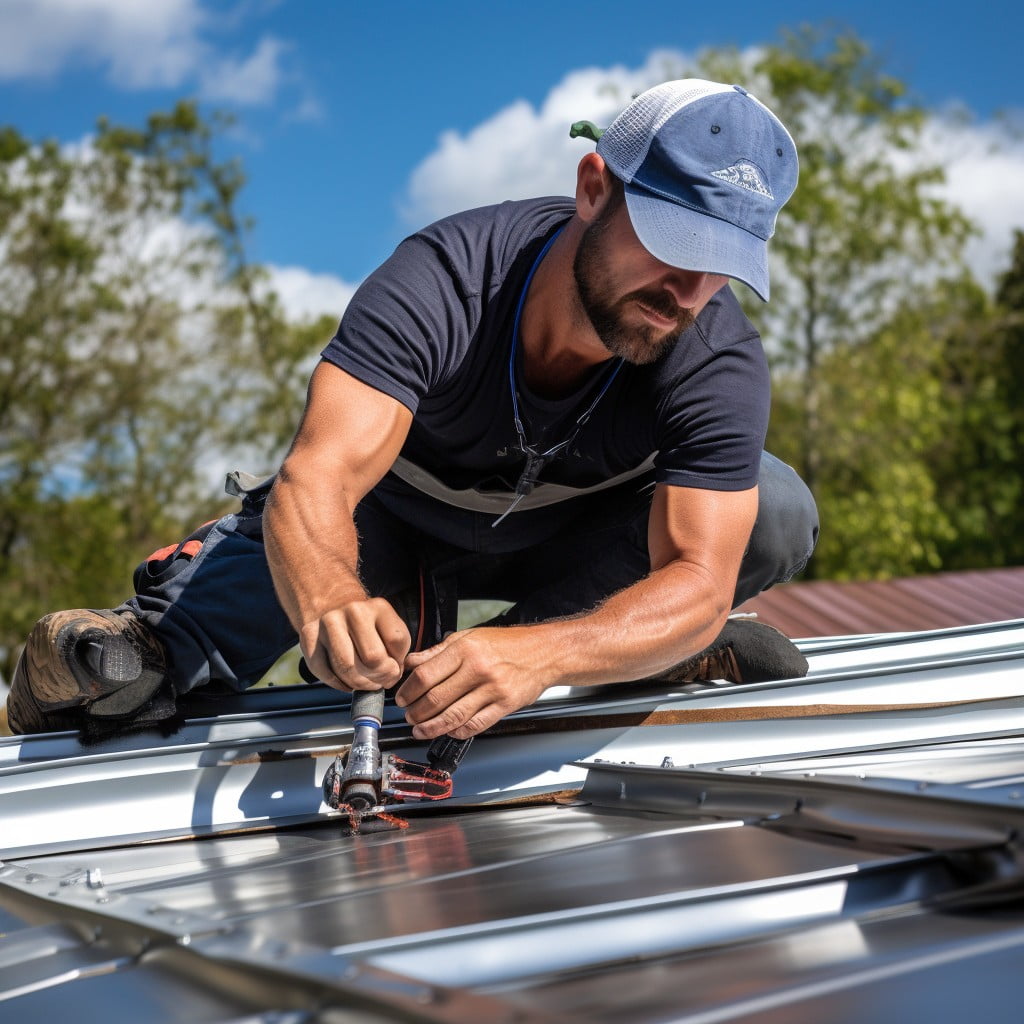
Initial preparation is crucial to ensure a robust, durable seal. Begin by conducting a thorough roof inspection. This step identifies any existing damage or weaknesses, providing an opportunity to carry out necessary repairs before application of the sealant. Examples could include patching holes or cracks, tightening loose screws or bolts, or replacing rusted panels.
Next, the roof should be carefully cleaned. A pressure washer is often the most effective way to remove accumulated dirt, grime, and possible biological growth such as moss or lichen. Please pay special attention to those hidden nooks and crannies where grime tends to accumulate.
Allow the roof to dry out completely after the cleaning process. This absence of moisture is imperative for the sealant to adhere effectively. Please take into account the weather conditions: dry, sunny days are ideal so, if possible, plan the sealing task around a suitable weather forecast.
Finally, remember safety is paramount. Make sure safety gear such as safety ropes, harnesses, and non-slip boots are part of your preparation because working on a roof poses inherent risks. Be cautious, be safe!
Choosing the Right Sealant for a Metal Building Roof
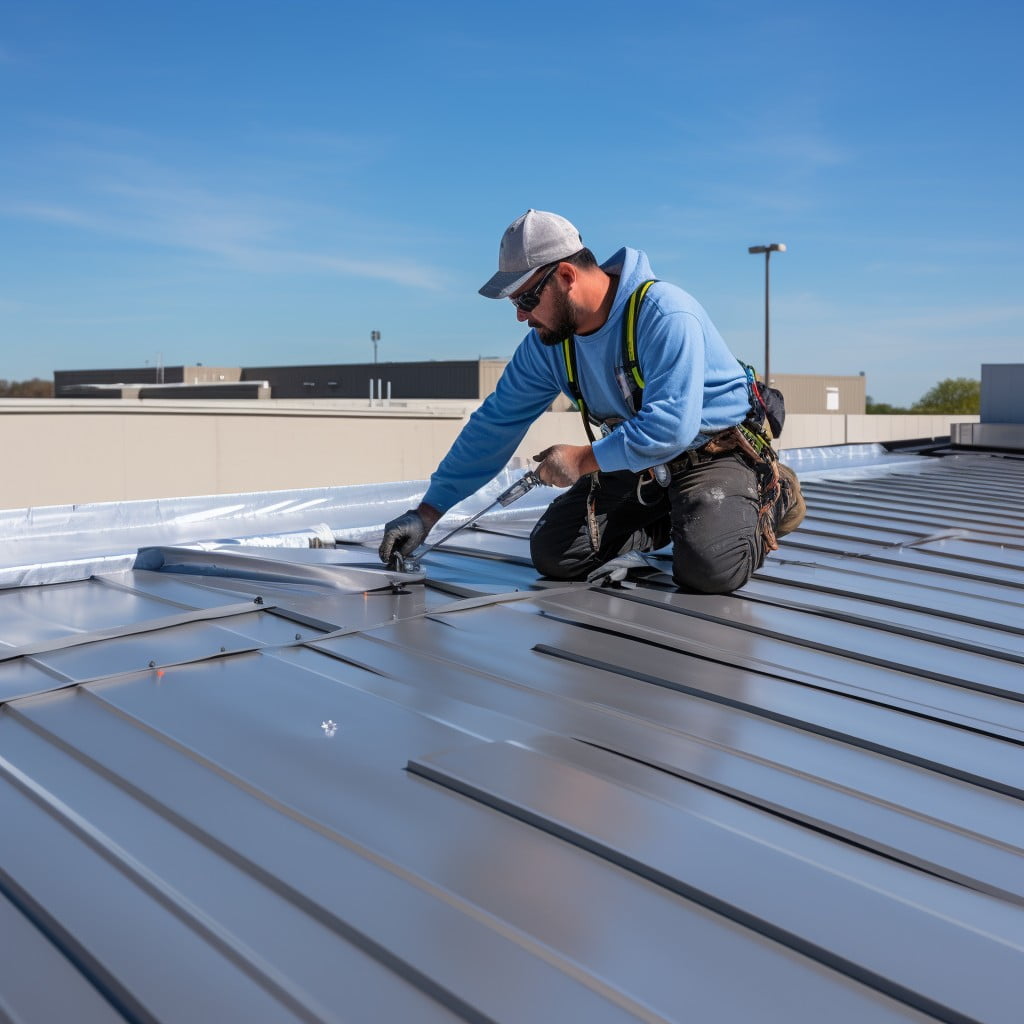
Choosing the correct sealant is a crucial step as it determines the durability and effective performance of the roof.
1. Material Compatibility: Make sure the sealant matches the type of metal used in your roof. Some sealants might cause corrosion if used on inappropriate metals.
2. Weather Conditions: Consider your local weather conditions. For instance, silicone sealants would be best for areas experiencing extreme temperatures, due to their thermal stability.
3. UV Resistance: Opt for a sealant that offers UV protection. Over time, UV rays can degrade the sealant’s quality and shorten its lifespan.
4. Ease of Application: Check if the sealant can be easily applied. Some may require professional contractors to apply, while others could be a DIY task, depending on the complexity and surface area to be covered.
5. Water-resistance: Prioritize sealants that have excellent waterproof qualities to safeguard against excess moisture seeping into the building.
6. Longevity: The sealant should be durable, requiring less frequent reapplications.
Remember, each sealant has its strengths and weaknesses, so weigh these factors carefully when making your decision.
The Process of Sealing a Metal Building Roof
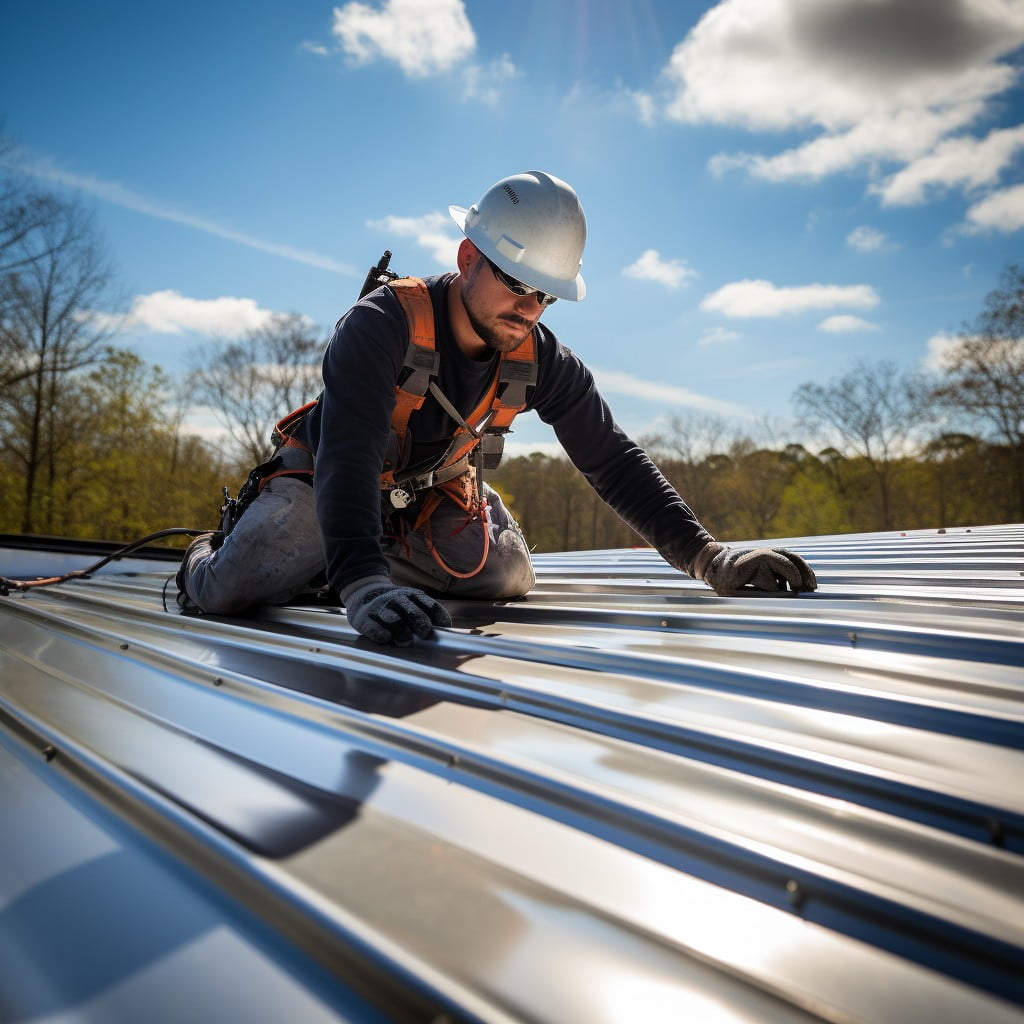
Start by cleaning the roof thoroughly using a power washer. Clearing out dirt and debris allows the sealant to adhere better.
Next, inspect the cleaned roof for signs of rust. If present, sand or scrub it off and consider using a protective primer before applying the sealant.
Prepare your chosen sealant as per the manufacturer’s instructions. Apply it evenly, ensuring all seams and joints are covered for a watertight finish. Two coats may be required for optimal performance, so review and follow the product’s coverage guidelines.
Remember to let each coating dry completely before adding the next one. This can take from 24 to 72 hours based on the sealant type and local climate conditions.
Safety should be a priority throughout the process, so it is crucial to use proper fall protection gear and only work in good weather conditions.
Avoid sealing in extreme temperature or humidity as that may affect the sealant’s curing. It may be wise to consult a professional if you’re uncertain.
The process may seem daunting, but achieving a well-sealed metal building roof is doable with the right approach and attention to detail.
Maintenance Tips After Sealing a Metal Building Roof
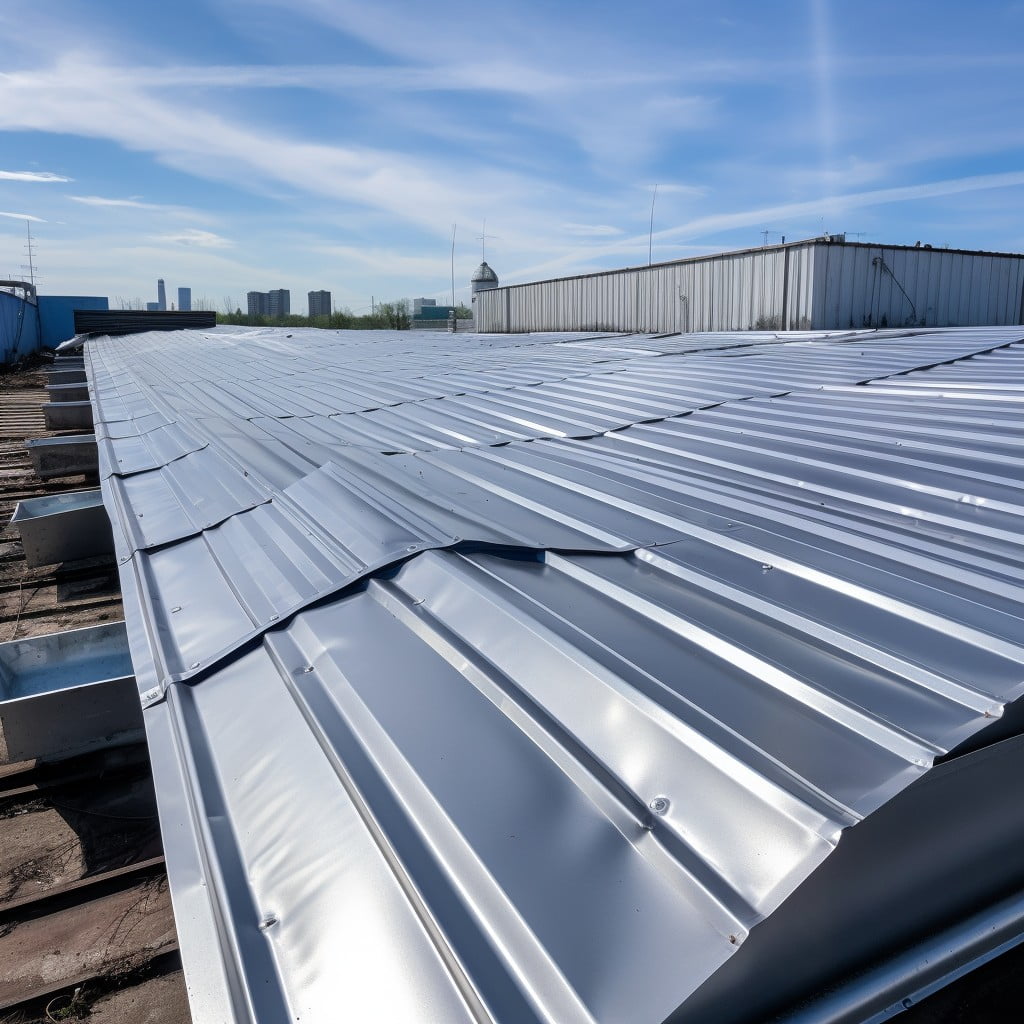
Once the sealing procedure is completed, continued maintenance is critical to increasing the lifespan of your sealed metal roof. Here’s how:
1. Routine Checks: Scheduled inspections should be carried out, ideally twice a year, to monitor the condition of the sealant. This practice helps in early detection of mitigating factors such as cracks or peels.
2. Clean the Roof Regularly: Accumulation of debris like leaves or dust might affect the integrity of the sealant. Routinely removing these impurities protects the sealant, preventing premature wear and reducing the risk of leaks.
3. Immediate Repair of Damage: If the sealant is damaged or worn out, prompt action should be taken to repair it. Fast action prevents further damage and reduces the overall cost of repair.
4. Professional Checkup: While personal inspections are beneficial, seeking a professional review at least once a year catches problems overlooked by the untrained eye.
5. Avoid Walking on the Roof: Unless necessary, avoid walking on the roof to minimize the risk of damage to the sealant. If you must, tread lightly and wear soft, rubber-soled shoes.
Remember, a roof is only as good as the care it receives. Regular maintenance goes a long way toward keeping it in top form.
Common Problems and Solutions in Sealing Metal Building Roofs
As part of an ongoing commitment to preserving the longevity of metal roofing systems, it is crucial to address common issues that may arise during the sealing process.
One prevalent issue experienced with sealants is improper application, often leading to inadequate coverage. The solution lies in meticulous and generous application, ensuring complete coverage. Spot treating specific areas may lead to inconsistent weather protection.
Inferior sealant quality is another challenge. Industrial-grade sealants, although more pricey, provide optimal and long-lasting protection, outperforming cheaper counterparts in the long run.
Leakages can occur due to missed spots or shoddy workmanship. Utilize systematic application techniques and regularly inspect for missed areas to guarantee comprehensive protection.
Temperature plays a role as well, affecting the sealing process. Too cold, and the sealant might not adhere properly; too hot, and it may dry too quickly, leading to cracks. Always adhere to manufacturers’ recommended application conditions.
Remember, mistakes can lead to higher costs down the line. Vigilance, patience, and attention to detail will not only save money but also extend the lifespan of your metal roof.
Assessing the Existing Condition of the Metal Building Roof Prior to Sealing
Before any sealant application, conduct a thorough examination of your roof. This step is vital in identifying any underlying issues such as rust, punctures, or existing leaks that may need to be addressed.
Look out for:
- Rust spots or corrosion: These problematic areas need to be treated with a rust converter to prevent further damage. If left untreated, rust can spread and compromise the entire roof’s integrity.
- Punctures or holes: Tiny gaps can allow water to seep into the building, causing damage internally. A good-quality patch should be used to cover these up before applying the sealant.
- Loose Screws or Bolts: Firmly established fixtures ensure your roof’s durability. Tighten any loose screws or bolts found during your inspection to create a solid, sealed surface.
- Dirt or Debris: Clean the roof surface before sealing. Accumulated dirt, dust, or other residues can hinder the sealant’s adhesion process, reducing its waterproofing ability.
Remember, identifying and resolving these issues ensures a sound base that the sealant can adhere to, consequently extending your roof’s lifespan.
Materials and Tools Required in Sealing a Metal Building Roof
To start, gather all the necessary materials and tools to make the sealing process smoother. First, you’ll require a sealant; a commonly used type is an Elastomeric roof coating, known for its waterproofing abilities and durability. Sealant tape also comes in handy when managing seams or minor leaks.
Next, consider your tools. A long-handled paint roller simplifies the application of the sealant. For areas that are hard to reach, an extendable ladder and a paint brush could prove essential. Safety gear, including gloves, safety glasses, and nonslip shoes, should not be overlooked. Besides, you may need a pressure washer for cleaning the roof before the sealing process, and a roof scraper to remove any loosely adhered existing coating and rust.
Adding a wire brush to your tool kit would be beneficial, too, as it can help you clean the metal surface effectively before sealing. Lastly, a water source for clean-up activities and a waste bin for disposal of scrap materials are other important considerations. Remember to work smart and safely.
FAQ
What is the best thing to seal a metal roof with?
The best sealant for a metal roof is the LR Liquid Rubber Color Waterproof Sealant due to its ability to form a highly waterproof and UV-resistant rubber membrane once dry.
How do you seal a metal barn roof?
To seal a metal barn roof, one can use butyl tape as it creates a sturdy gasket between metal trim pieces, sticks securely, and facilitates easier screwing down of the trims.
How do you seal a metal shed roof?
To seal a metal shed roof, apply Liquid Rubber Seam Tape around vents, flashing and protrusions, paint over it with Liquid Rubber Waterproof Sealant, cover the entire roof with the same sealant, and allow it to dry between coats.
What are the key steps involved in sealing a metal roof effectively?
The key steps involved in sealing a metal roof effectively include thorough cleaning, checking and repairing damage, applying the primer, and finally, applying the sealant.
Which are the top-rated products used for sealing leaks in metal roofs?
The top-rated products for sealing leaks in metal roofs are Master Flash Universal Roof Flashing, Dicor RP-CRC-1 Rubber Roof Acrylic Coating, and Cofair UBE406 Quick Roof Extreme with Steel-Loc Adhesive.
How often should a metal roof be sealed to maintain its durability and longevity?
A metal roof should be sealed every 2 to 3 years to maintain its durability and longevity.
Recap
